
The Panasonic Lumix G95 (known as G90 or G91 in some regions) is the successor to the popular G85, offering a versatile mirrorless camera for mid-range users. With a 20.3MP Micro Four Thirds sensor, 4K video recording, 5-axis image stabilization, and V-Log L profile, it packs various advanced features suitable for both photo and video shooting. In this review, we’ll take a detailed look at the G95’s key features, performance, and real-world usage experience.
Panasonic Lumix G95 Key Specifications
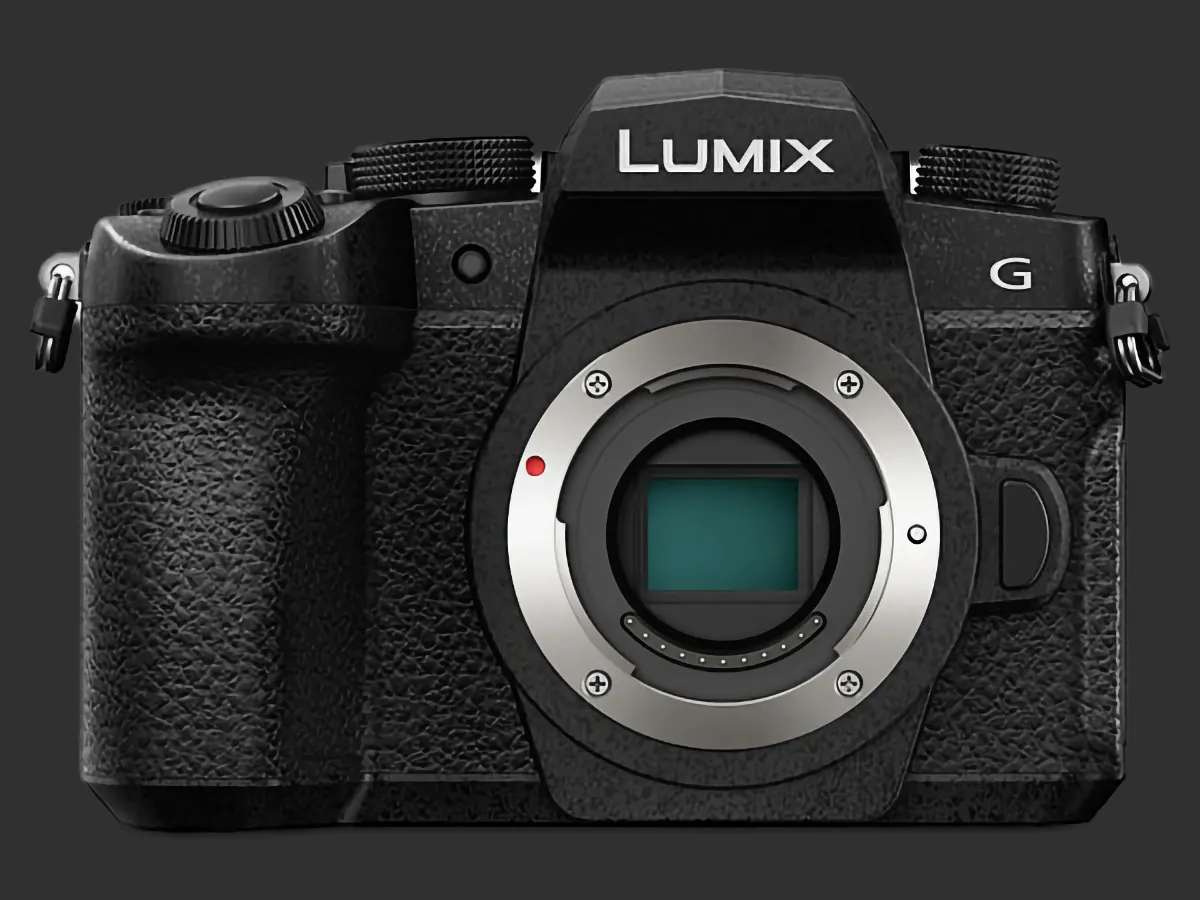
| Feature | Specification |
|---|---|
| Sensor | 20.3MP Live MOS Sensor (Micro Four Thirds) |
| Processor | Venus Engine |
| Video Resolution | 4K 30p, 1080p 120p |
| Image Stabilization | 5-axis B.I.S. (up to 5 stops) |
| Continuous Shooting | Up to 9fps (AF-S), 6fps (AF-C) |
| Autofocus | 49-point Contrast AF |
| Viewfinder | 2.36M dot OLED (0.74x magnification) |
| Monitor | 3-inch 1.04M dot fully articulating OLED touchscreen |
| Weather Sealing | Supported |
| Weight | Approx. 536g (including battery and memory card) |
🏗️ Excellent Build Quality and Ergonomic Design
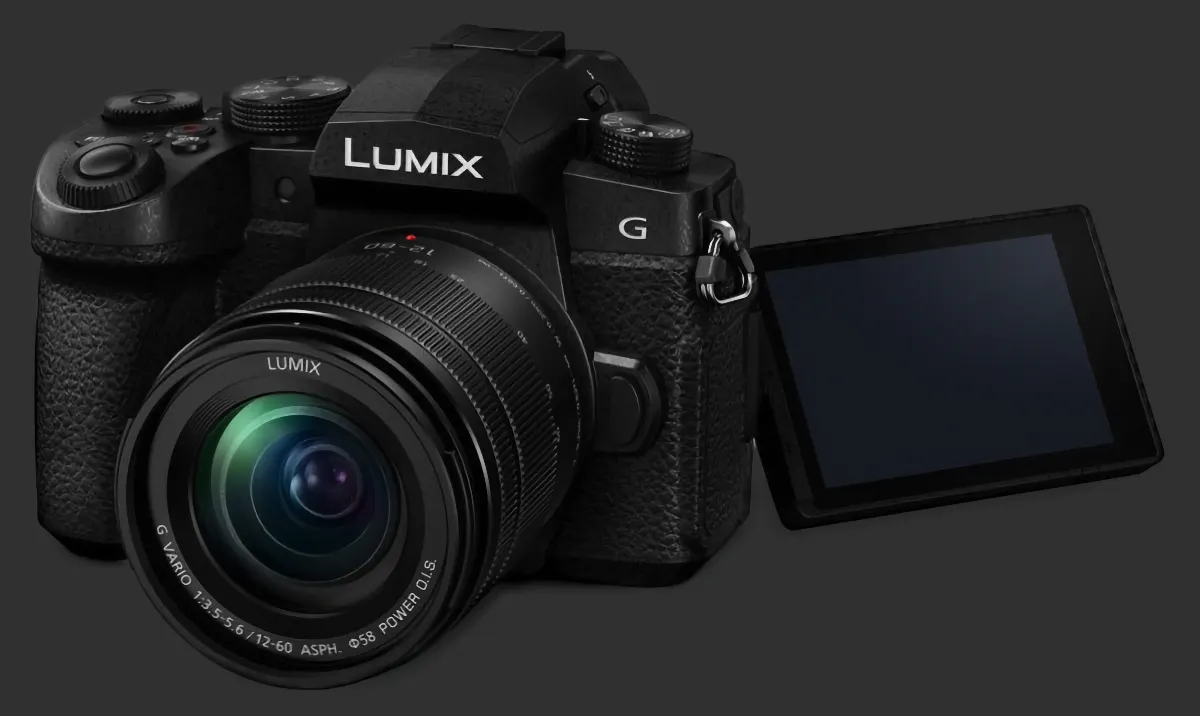
The G95 boasts top-tier build quality in its class. The body feels solid and premium, made with high-quality materials and featuring excellent rubber coating texture.
Weather-Sealed Construction
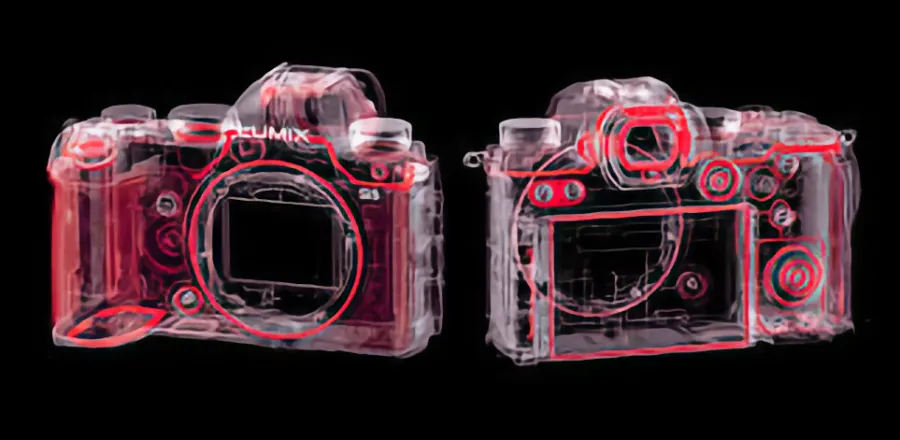
Like the G85, the G95 features a weather-sealed construction. Gaskets around doors and ports allow for confident shooting in adverse weather conditions. This is a rare feature among cameras in this class, providing a significant advantage for photographers who frequently shoot outdoors.
Improved Grip and Control Layout
The G95 is slightly larger than the G85 but still smaller than the G9. The grip has been enlarged, allowing for a more stable hold on the camera. Additionally, white balance, ISO, and exposure compensation buttons have been added to the top plate, providing a similar operational feel to the G9 or GH5.
📸 Enhanced Image Quality

The G95 uses the same 20.3MP Micro Four Thirds sensor as the G9, GH5, and GX9. This represents a significant upgrade from the 16MP sensor in the G85.
Improved Resolution and Dynamic Range

The new sensor provides higher resolution along with improved dynamic range. In fact, it demonstrates a wider dynamic range than some recent APS-C sensors. Usable results can be obtained from ISO 1600 to 6400, indicating good low-light performance.
Excellent JPEG Quality

Panasonic’s color science is excellent, and the G95’s JPEG images show vibrant and punchy colors. This is a significant advantage for users who prefer images ready to use without post-processing.
🎥 Versatile Video Performance

The Panasonic Lumix G95 / G90 is capable of 4K video recording, but with some limitations.
Pros and Cons of 4K Video
When shooting in 4K, a 1.26x crop is applied, narrowing the field of view. This can be inconvenient for wide-angle shooting. Additionally, autofocus performance is somewhat reduced in 4K mode. However, the image quality itself remains excellent, and there’s no recording time limit, which is an advantage.
Excellent 1080p Performance
The G95’s 1080p video quality is among the best in its class. It offers rich detail and supports 120fps slow-motion recording. Considering the limitations of 4K, 1080p might be a more practical choice for many users.
V-Log L Profile
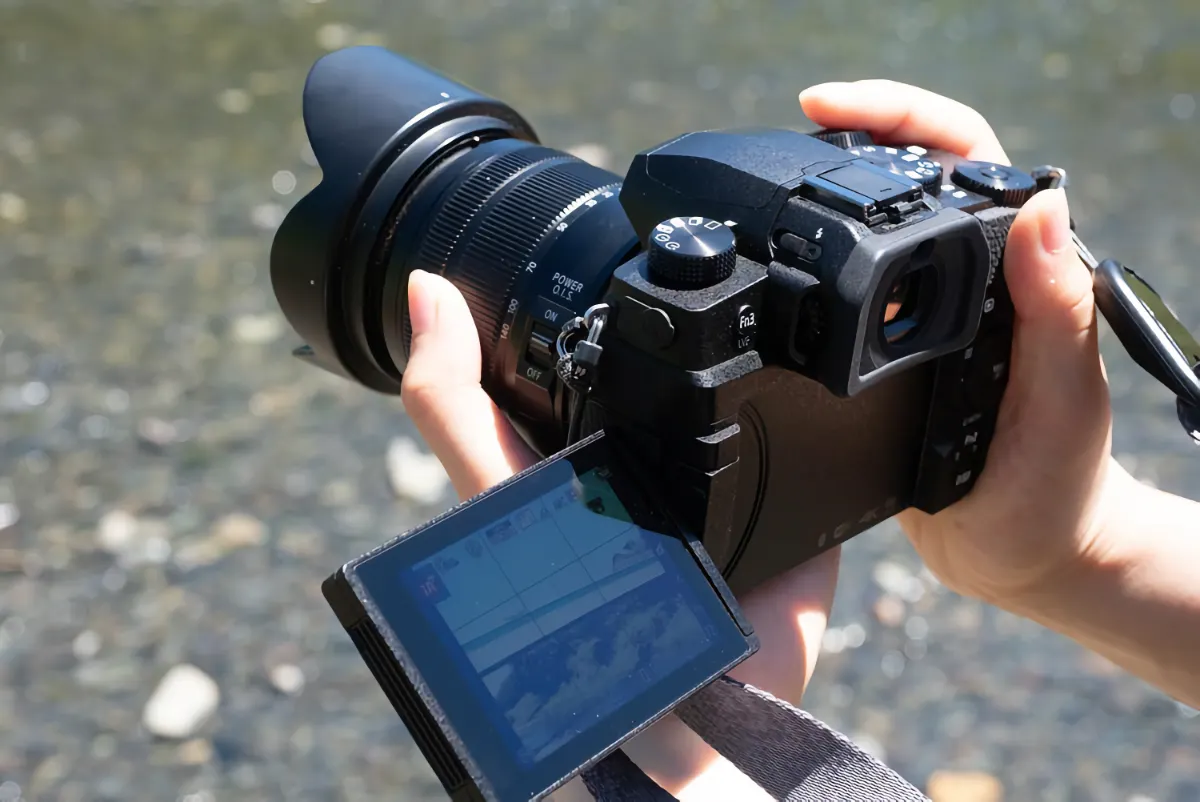
The G95 includes the V-Log L profile as standard. This allows for utilizing a wider dynamic range in post-processing, but the lack of 10-bit recording may limit professional color grading capabilities.
🛠️ Powerful Image Stabilization System

The G95’s 5-axis in-body image stabilization (IBIS) system demonstrates top-tier performance in its class.
Effective Still Photo Stabilization

Offering up to 5 stops of correction, it allows for handheld shooting at 1-second exposure with a 12mm lens (24mm full-frame equivalent). This is particularly helpful in low-light environments or when using telephoto lenses.
Video Stabilization
IBIS works very effectively during video recording as well. Additionally, using electronic stabilization and IS Lock mode can provide stable footage comparable to tripod-mounted shots.
🎛️ Intuitive Operability and User Interface
The Panasonic Lumix G95 / G90 offers a user-friendly interface and various customization options.
Improved Button Layout
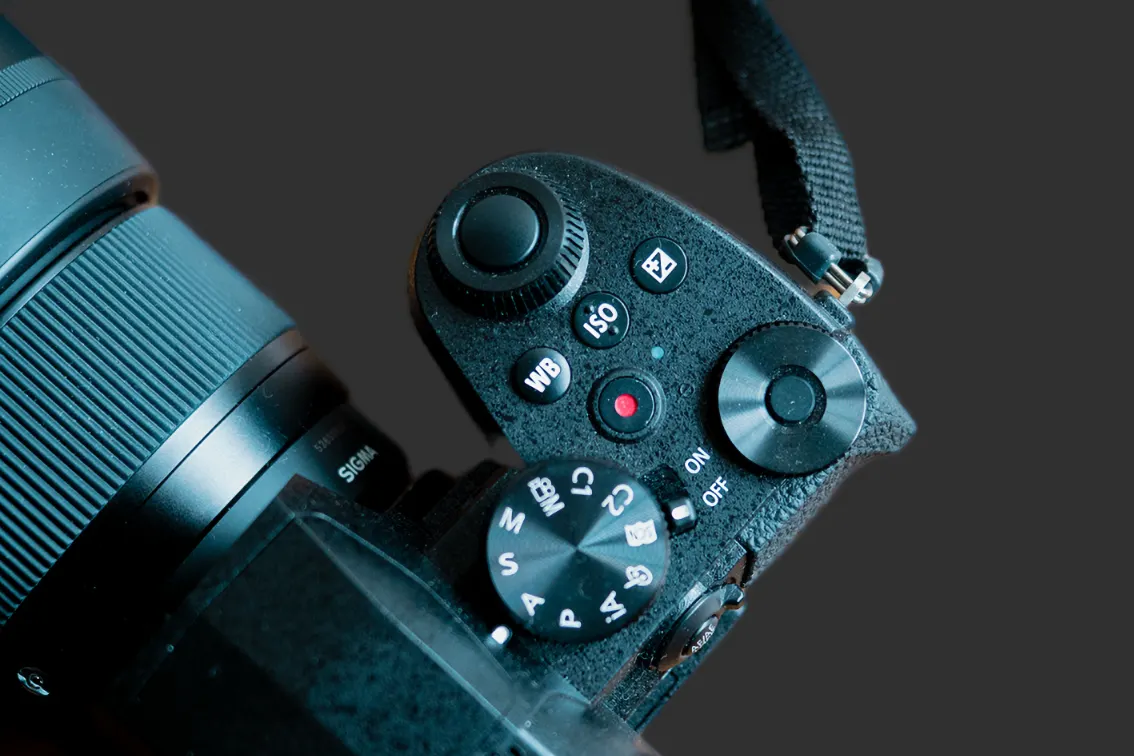
The addition of white balance, ISO, and exposure compensation buttons on the top plate allows for quick access to key settings. The AF mode dial has also been moved around the AF area button, enabling more intuitive operation.
Customization Options
Various custom buttons and virtual buttons on the touchscreen allow users to set up the camera according to their shooting style. This is a significant advantage in rapidly changing shooting situations.
📊 Comparison with Competitors
To better understand the G95’s performance, let’s compare it with similarly priced competitors.
G95 vs Fujifilm X-T30
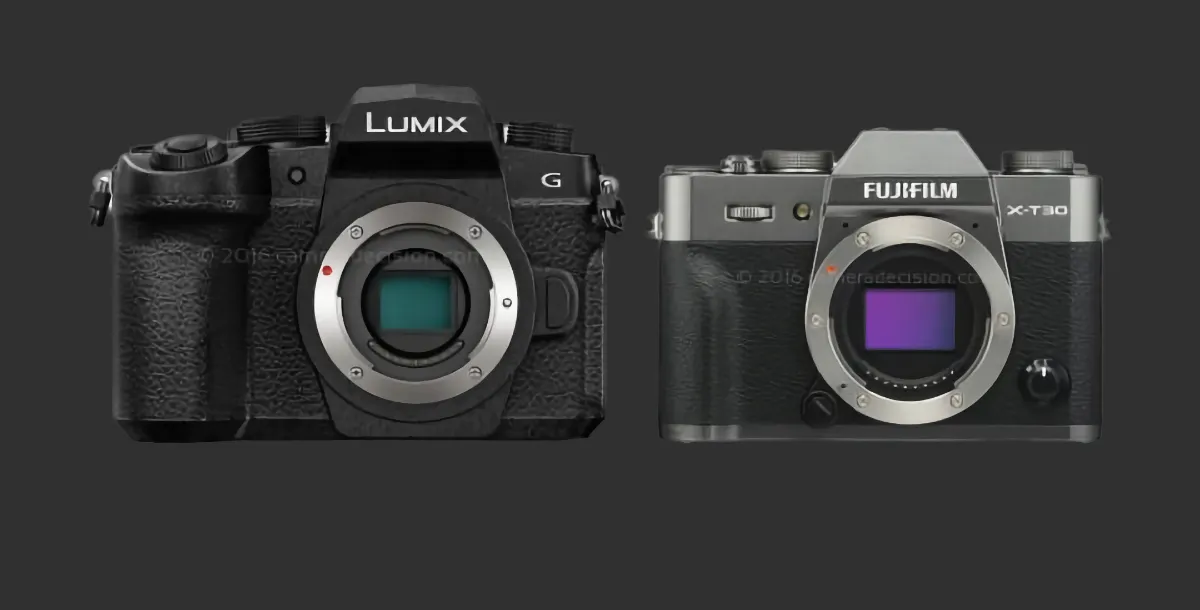
- Sensor size: G95 is Micro Four Thirds, X-T30 is APS-C
- Resolution: G95 20.3MP vs X-T30 26.1MP
- Video: Both support 4K 30p, X-T30 has no crop
- Image stabilization: G95 has in-body, X-T30 relies on lenses
The G95 offers more effective stabilization and weather-sealing, while the X-T30 boasts a larger sensor and superior AF performance.
G95 vs Sony A6400
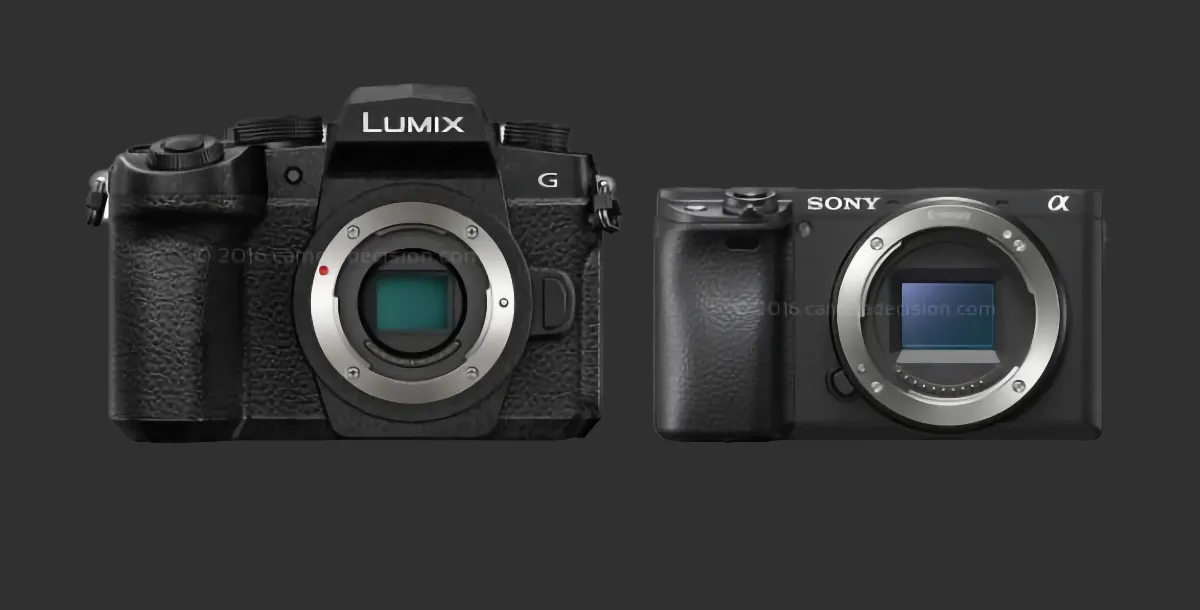
- Sensor size: G95 is Micro Four Thirds, A6400 is APS-C
- Autofocus: G95 uses contrast AF, A6400 uses phase-detect AF
- Image stabilization: G95 has in-body, A6400 relies on lenses
- Video: Both support 4K 30p, A6400 has no crop
The G95 offers more effective stabilization and a fully articulating screen, while the A6400 provides superior AF performance and a wider lens selection.
G95 vs Olympus OM-D E-M5 Mark III
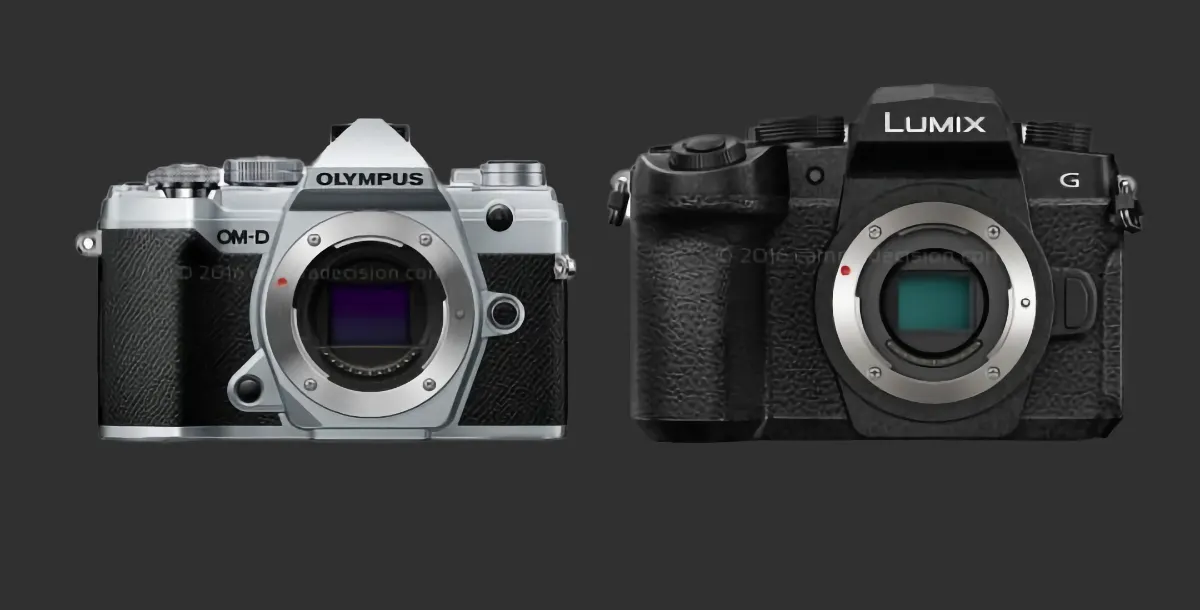
- Sensor: Both 20MP Micro Four Thirds
- Video: Both support 4K 30p, E-M5 III has no crop
- Continuous shooting: G95 9fps vs E-M5 III 10fps (mechanical shutter)
- High-speed sync flash: G95 1/200sec vs E-M5 III 1/250sec
Both cameras offer excellent Micro Four Thirds systems, but the E-M5 III provides a more compact size and improved AF performance.
📷 Real-World Usage Experience and Image Quality Analysis
Let’s take a closer look at the real-world usage experience and image quality of the Panasonic Lumix G95 / G90.
Still Photo Quality

The G95’s 20.3MP sensor delivers rich detail and excellent color reproduction. Images are clean with minimal noise up to ISO 1600, and even ISO 3200 and 6400 produce usable results.
RAW files offer considerable flexibility in post-processing. Underexposed photos can be pushed by 2-3 stops with minimal increase in noise.
Video Performance
4K video is rich in detail but limited by the 1.26x crop for wide-angle shooting. 1080p footage is top-tier for its class, with the 120fps slow-motion option being particularly useful.
The V-Log L profile allows for a wider dynamic range but the lack of 10-bit recording limits professional color grading capabilities.
Autofocus Performance
Autofocus performance is generally good for still photos and 1080p video recording. Face detection and eye AF work well. However, in 4K video mode, AF speed and accuracy can decrease, with some hunting possible.
🔋 Battery Life and Connectivity
The G95 uses the DMW-BLC12 battery, rated for 290 shots per CIPA standards. In real-world use, more shots are typically possible, but it’s advisable to carry a spare battery for all-day shooting sessions.
USB charging is supported but uses a micro USB port and only works when the camera is off. The lack of a USB-C port is disappointing for a 2019 model.
Wi-Fi and Bluetooth connectivity are supported for smartphone pairing, enabling remote shooting and image transfer.
💡 Pros and Cons of the G95
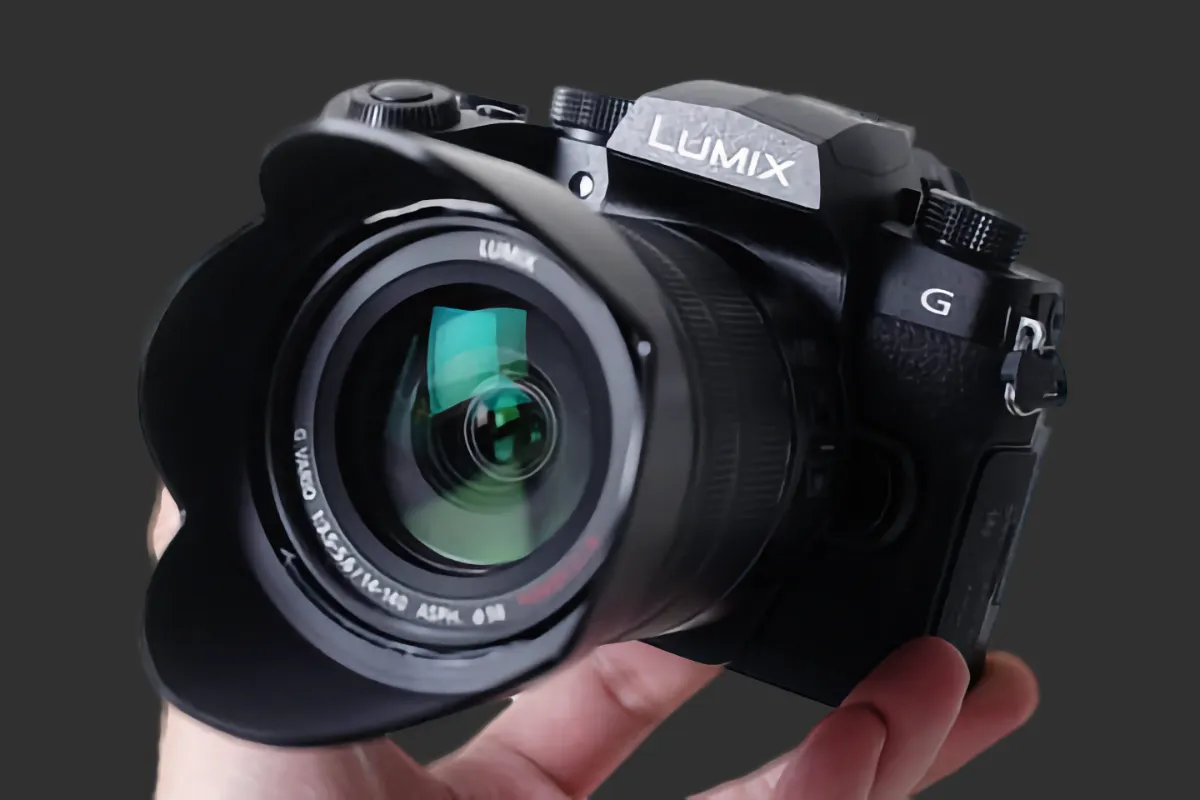
Based on real-world usage experience, here’s a summary of the G95’s pros and cons:
Pros
- Excellent build quality and weather-sealing
- Effective 5-axis image stabilization system
- Outstanding 1080p video quality with 120fps slow-motion
- V-Log L profile included as standard
- Intuitive operation and customization options
- Fully articulating OLED touchscreen
Cons
- 1.26x crop for 4K video
- Reduced AF performance in 4K mode
- Limited continuous AF performance due to lack of phase-detect AF
- Uses micro USB port (not USB-C)
- Somewhat short battery life
🏁 Conclusion and Recommendation
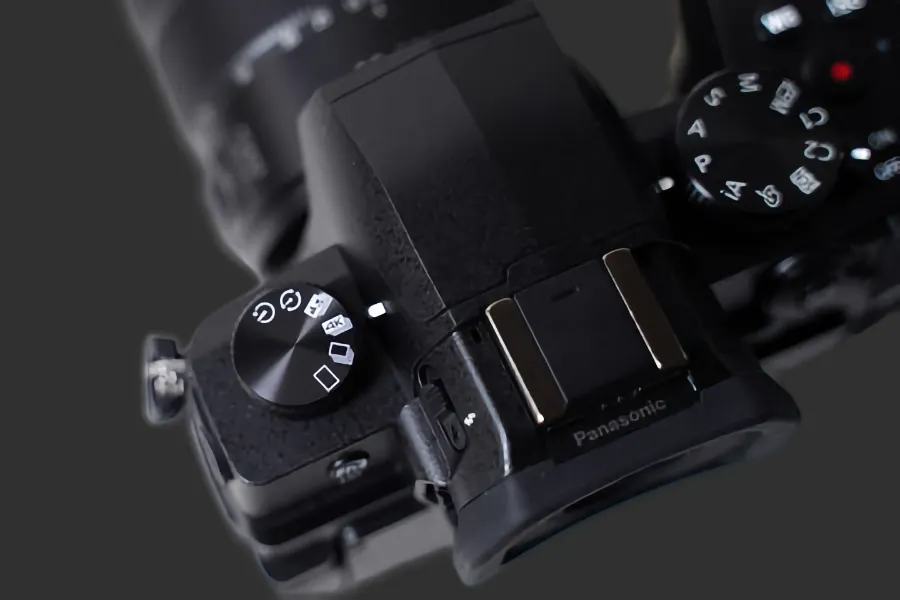
The Panasonic Lumix G95 is a versatile mirrorless camera for mid-range users. It offers excellent image quality, effective stabilization, and various video features, with a robust weather-sealed construction suitable for outdoor shooting.
The G95 is particularly recommended for:
- Hybrid shooters who work with both photos and videos
- Travel photographers or vloggers
- Users who prioritize stable handheld shooting
- Outdoor photographers who need to shoot in adverse weather conditions
However, for users primarily shooting 4K video or needing fast subject tracking for sports/wildlife photography, higher-end models like the G9 or GH5 might be more suitable.
Overall, the G95 offers excellent performance and features for its price. It’s an ideal choice for users who want to leverage the advantages of the Micro Four Thirds system, such as compact size and a wide range of lens options.
Official Panasonic Lumix G95 Website
I hope this review has been helpful for those interested in the Panasonic Lumix G95 / G90. Remember that camera choice depends on individual shooting style and needs, so it’s recommended to rent or try the camera in-store if possible. The G95 is an excellent tool that opens up various creative possibilities for enthusiast users.
Frequently Asked Questions
What are the main features of the Panasonic Lumix G95?
How is the video performance of the Lumix G95?
How is the autofocus performance of the G95?
Who is the Lumix G95 best suited for?
This comprehensive review of the Panasonic Lumix G95 / G90 highlights its strengths as a versatile mid-range Micro Four Thirds camera. It excels in areas such as image stabilization, build quality, and 1080p video performance, making it an attractive option for enthusiast photographers and videographers.
The camera’s 20.3MP sensor provides a noticeable improvement in image quality over its predecessor, delivering rich details and good dynamic range. The inclusion of V-Log L as a standard feature is a significant advantage for those interested in color grading their footage, although the lack of 10-bit recording may limit its appeal to professional videographers.
One of the standout features of the G95 is its 5-axis in-body image stabilization system, which allows for steady handheld shots in both photo and video modes. This, combined with its weather-sealed construction, makes it an excellent choice for outdoor and travel photography.
However, the camera does have some limitations. The 1.26x crop factor in 4K video mode may be restrictive for wide-angle shooting, and the contrast-based autofocus system, while competent for stills and 1080p video, can struggle in 4K mode, especially with moving subjects.
When compared to its competitors, the G95 holds its own in terms of overall feature set and performance. It may not have the larger sensors of APS-C rivals, but it compensates with excellent stabilization, robust build quality, and a comprehensive set of video features.
In conclusion, the Panasonic Lumix G95 / G90 is a well-rounded camera that offers a good balance of features for both photographers and videographers. It’s particularly well-suited for those who value portability, weather-sealing, and in-body stabilization. While it may not be the best choice for those primarily focused on 4K video or fast action photography, it excels as a versatile tool for a wide range of shooting scenarios.
For enthusiasts looking to step up from entry-level models or those seeking a capable all-rounder, the G95 presents a compelling option in the mid-range mirrorless camera market. Its blend of photo and video capabilities, coupled with the extensive Micro Four Thirds lens ecosystem, makes it a camera that can grow with the user’s skills and adapt to various creative needs.







